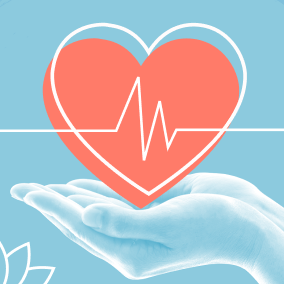All eyes were glued to the swimmers who delivered some exhilarating performances at the La Defense Arena during the first weekend of the Paris Olympics, and you may have noticed that a few had circular marks on their backs.
These bruises are the result of cupping – an alternative therapy that involves suctioning the skin with cups.
Swimming superstars such as USA’s Michael Phelps, Australia’s Kyle Chalmers and Akira Namba from Japan are big fans of this technique – but how does it work and what are the benefits?
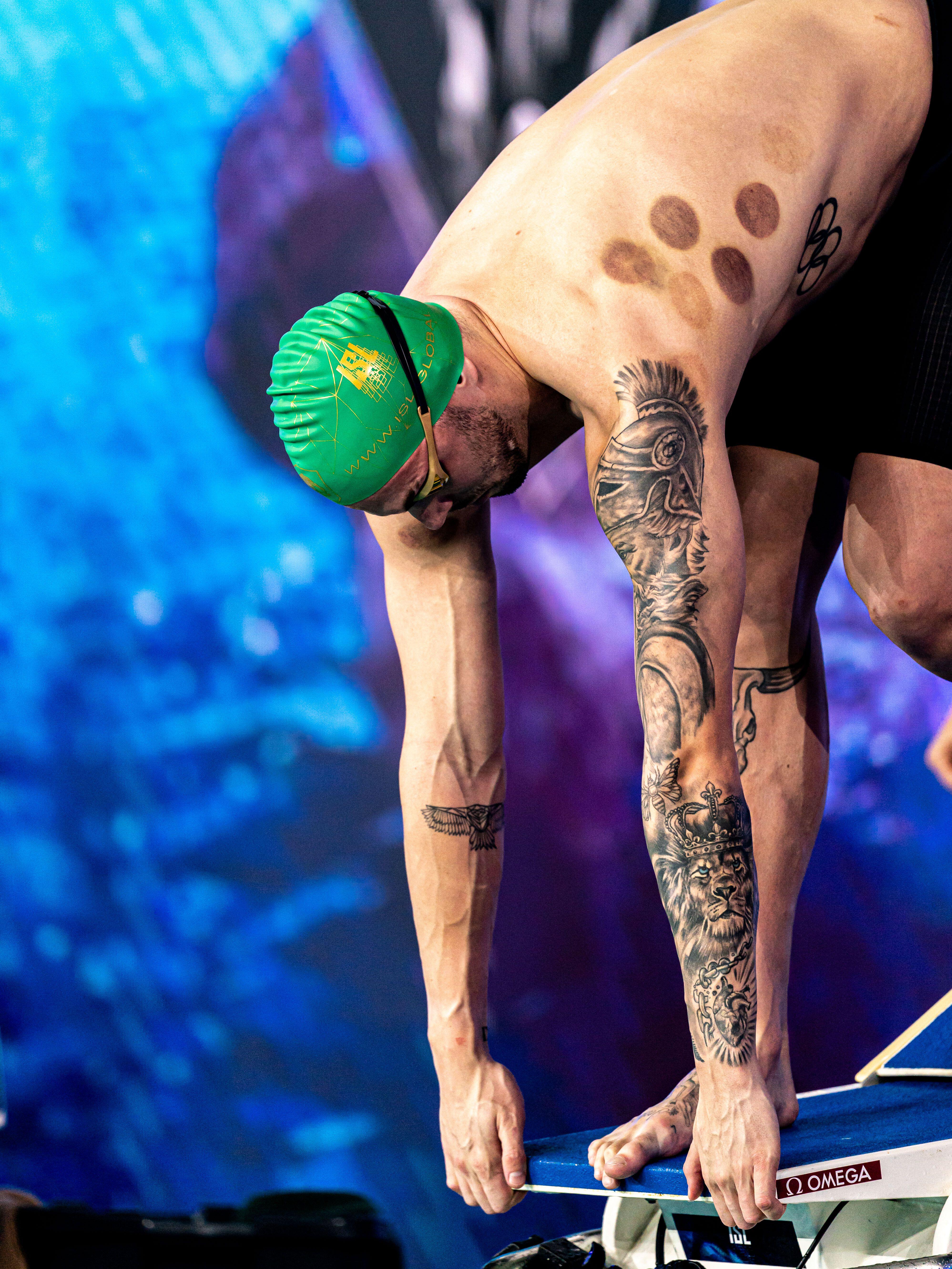
What is cupping?
“Cupping is a therapeutic practice that is usually performed by a health therapist or practitioner which involves placing cups on the skin of their client to create suction,” explains Abbie Watkins, sports massage therapist at OriGym, a UK-based education provider in the health and fitness industry. “This suction helps promote blood flow, reduce muscle tension, and enhance overall wellbeing.”
It can be used on any part of the body, but swimmers usually choose to have it performed on their backs or shoulders.
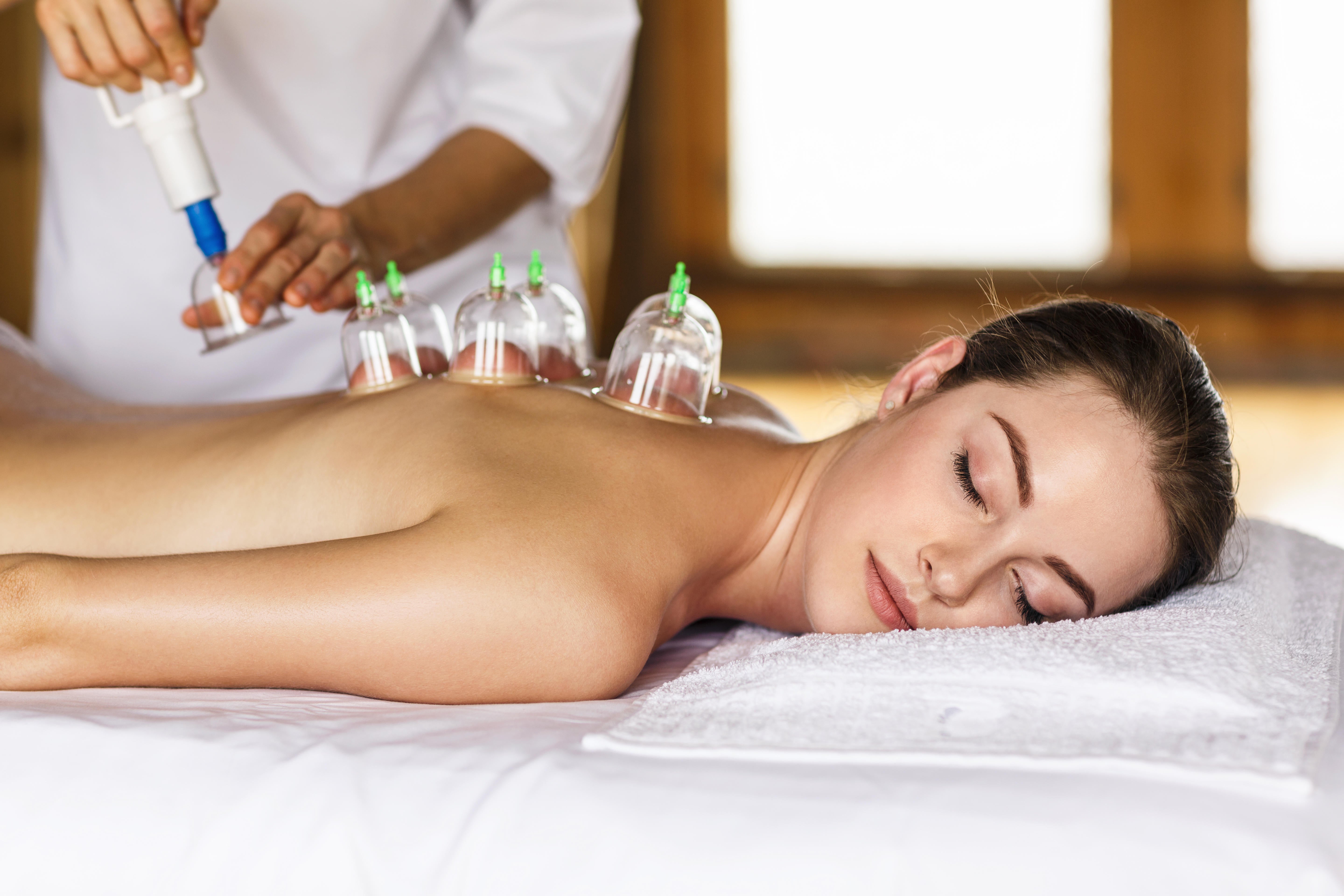
“Cupping can be harnessed on any part of the body where it can grip the skin,” says Carl Smith, sports massage therapist and CEO of Active Careers, a jobs board for fitness and health professionals. “But it is most commonly applied to the back, shoulders, chest and legs due to the larger surface area of these muscles.”
How does it work?
The cups, which are usually made out of glass, plastic or silicone, are normally placed onto the skin for five to 10 minutes.
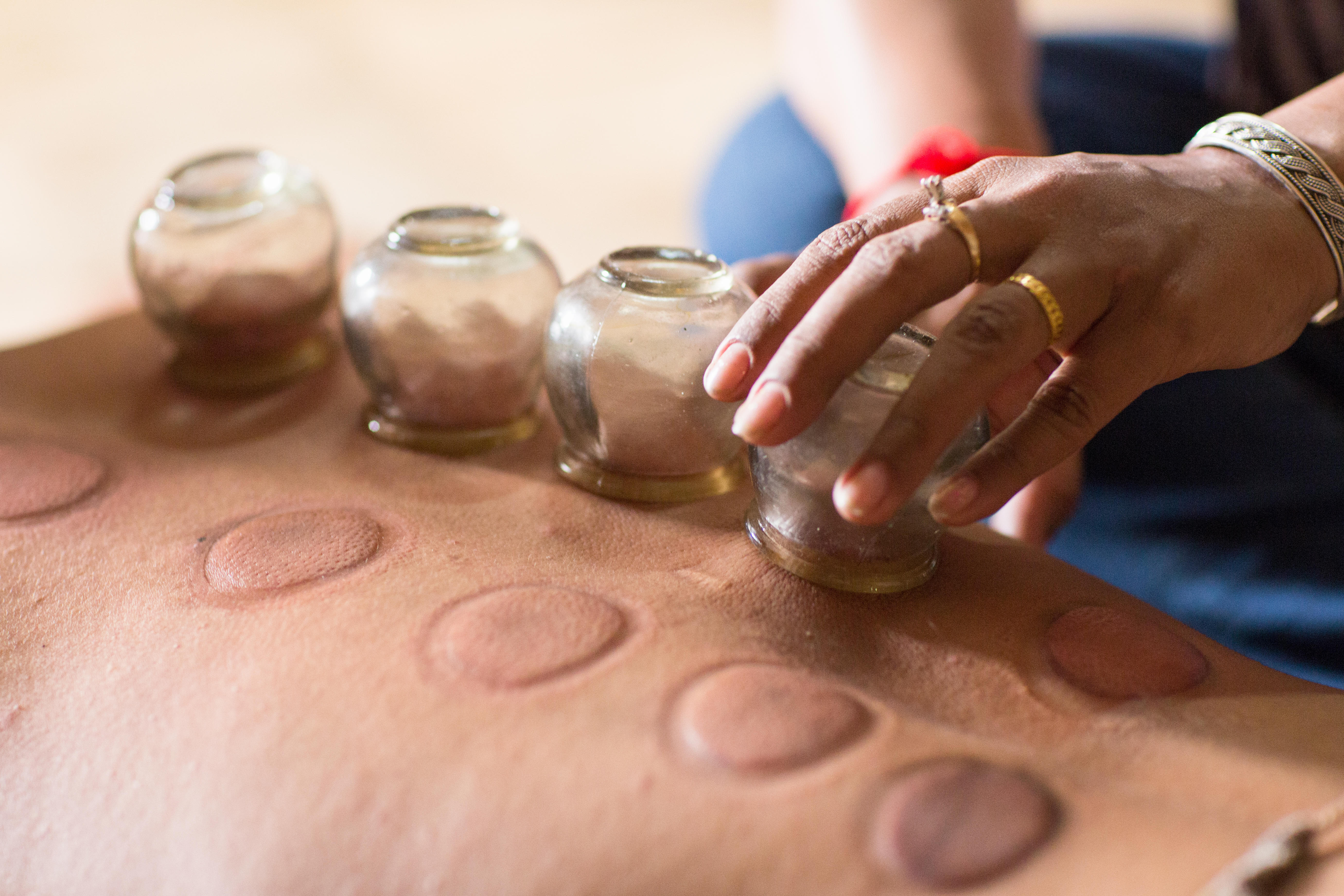
“The cup acts like a vacuum on the skin through creating a negative pressure environment, which sucks the blood vessels and surrounding tissue up, causing the capillaries under your skin to break,” explains Smith. “The body then reacts to this by replenishing the cupped area with an increased flow of healthier blood.”
There are slight differences between the three variations of cupping: wet, dry and running.
“Wet cupping is the same process as dry cupping but involves very small tiny cuts that are made to the surface of the skin,” says Smith. “However, running cupping is the process where cupping is combined into a form of massage.
“The therapist normally applies lotions to the area and rubs the cup across the surface of the skin which is better for deep muscle treatments and increased blood flow across an entire area of the body.”
The circular marks that are left on the skin after a session should disappear after five to 10 days.
“The more frequently you have cupping done, the better the body is at recovering from it,” adds Smith. “The reason some cupping marks are darker on one person than another is due to the level of stagnation of blood Qi in that area.”
Does it hurt?
“Cupping therapy shouldn’t be a painful experience, however it can leave you feeling slightly sore leading to bruising depending on your skin complexion,” says Smith. “This is why you see swimmers with circular-shaped discolourations.”
Watkins adds: “People might also experience mild discomfort, skin irritation or dizziness immediately following the session.”
Why do swimmers particularly like cupping therapy?
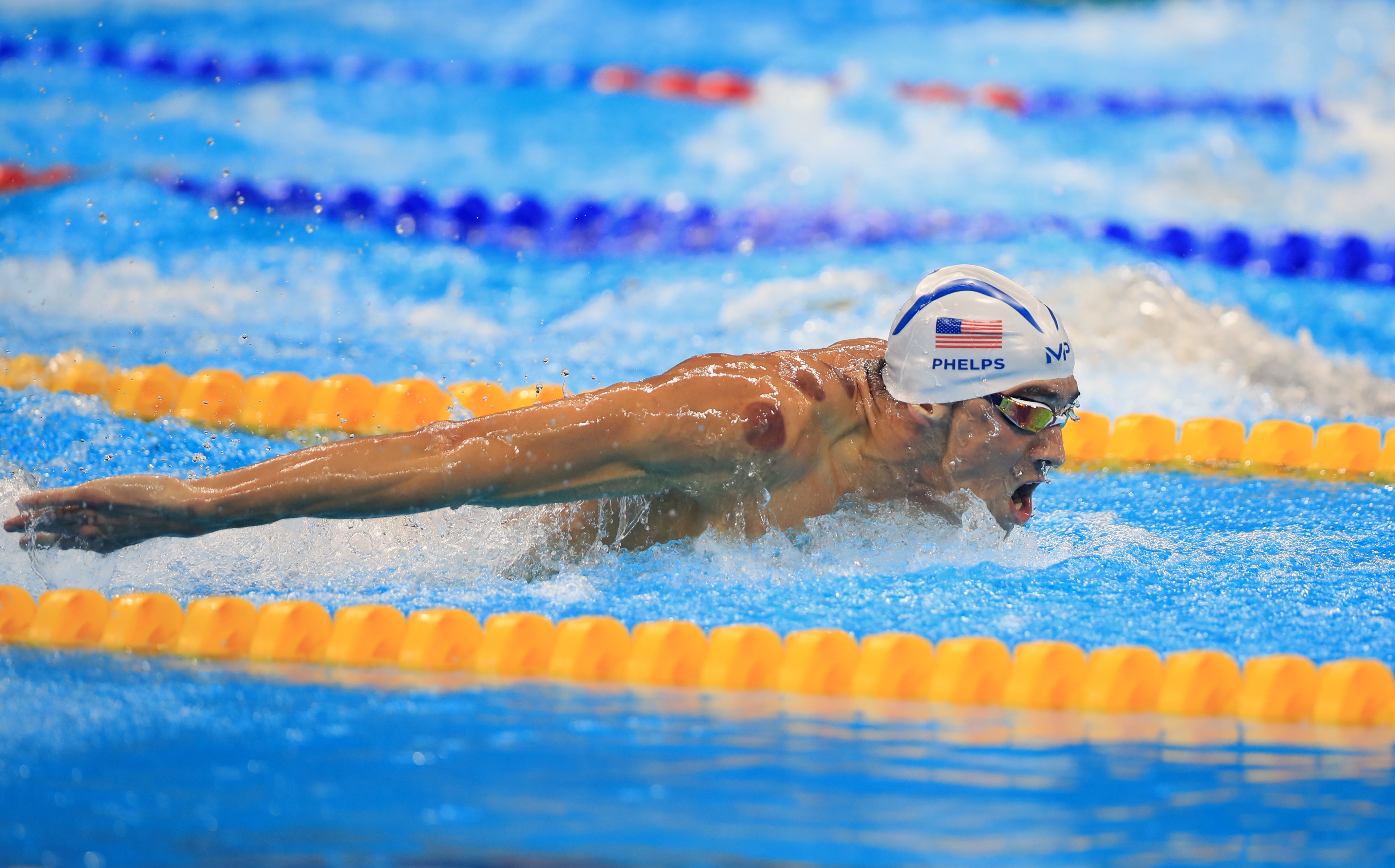
Cupping is thought to have a range of benefits that can help swimmers glide through the pool quicker.
Smith explains: “It enhances performance through relaxing the muscles, removing toxins and promoting blood flow to the key muscles, which is important especially when trying to execute a fast swim.
“The relaxation of the muscles also helps swimmers increase their range of motion and flexibility when performing each stroke.
“It also helps swimmers increase red blood cell production and help transfer oxygen to the selected muscles at a faster rate.”
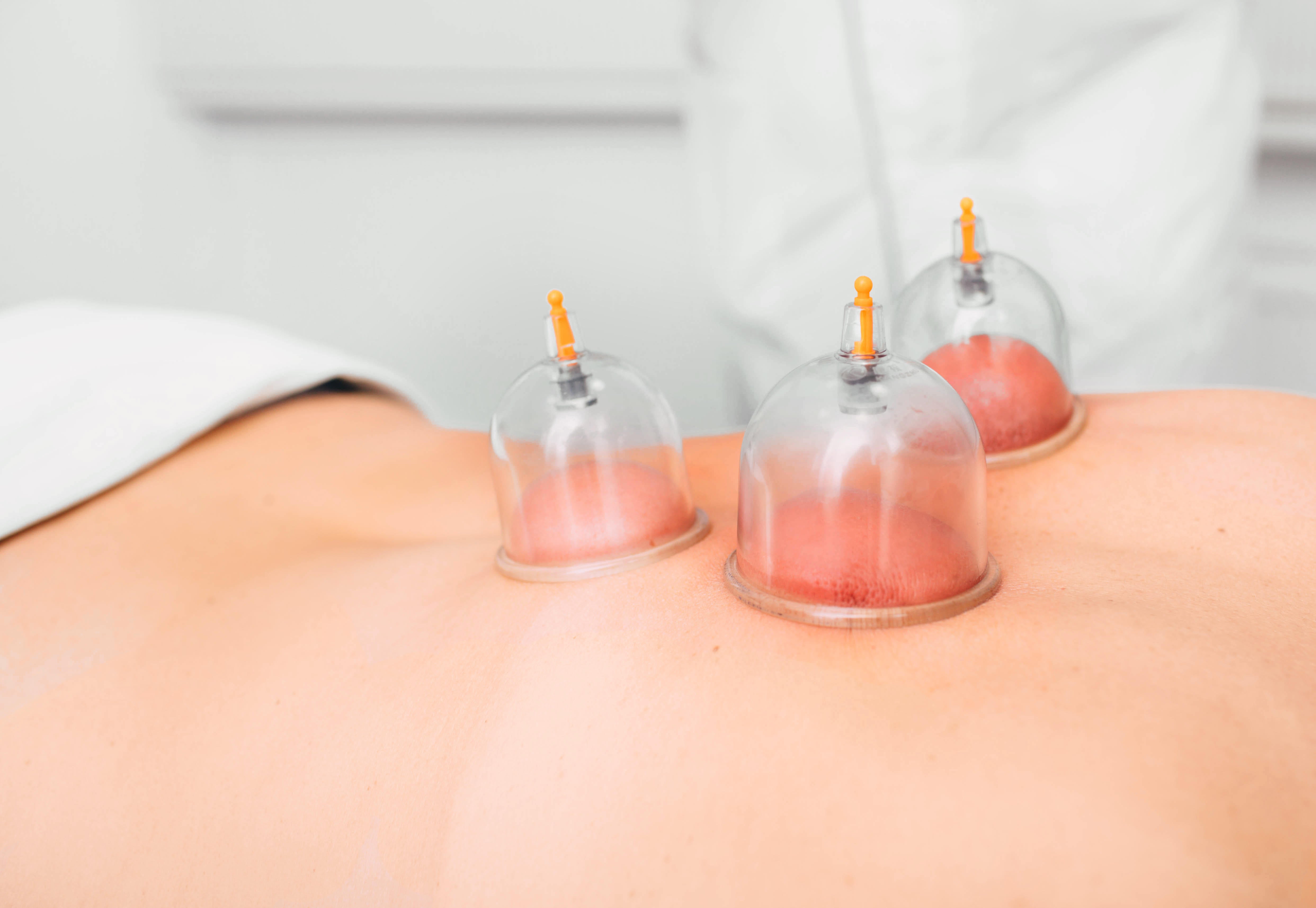
Is it suitable for everyone?
Despite its popularity among top athletes, people with pre-existing medical conditions such as anaemia should avoid cupping.
“Some examples of people who should avoid cupping therapy include those with a pacemaker as well as people with anaemia, bleeding disorders or conditions associated with blood clotting,” advises Watkins. “There has been little research into the effects of cupping on pregnancy, so it’s generally advised that cupping shouldn’t be performed on pregnant women either.
“If you are considering cupping therapy for the first time, it is essential that you speak to your GP first just to make sure that it’s both safe and suitable for you.”

